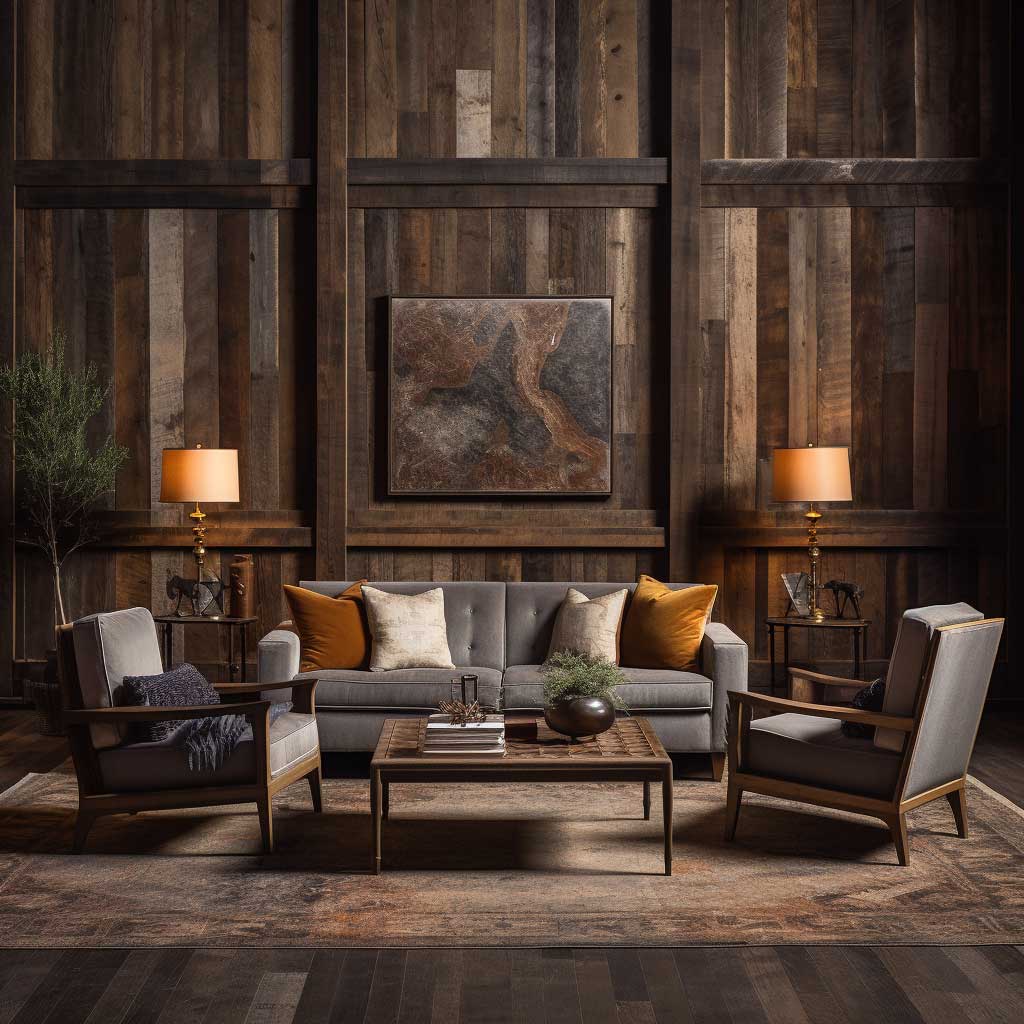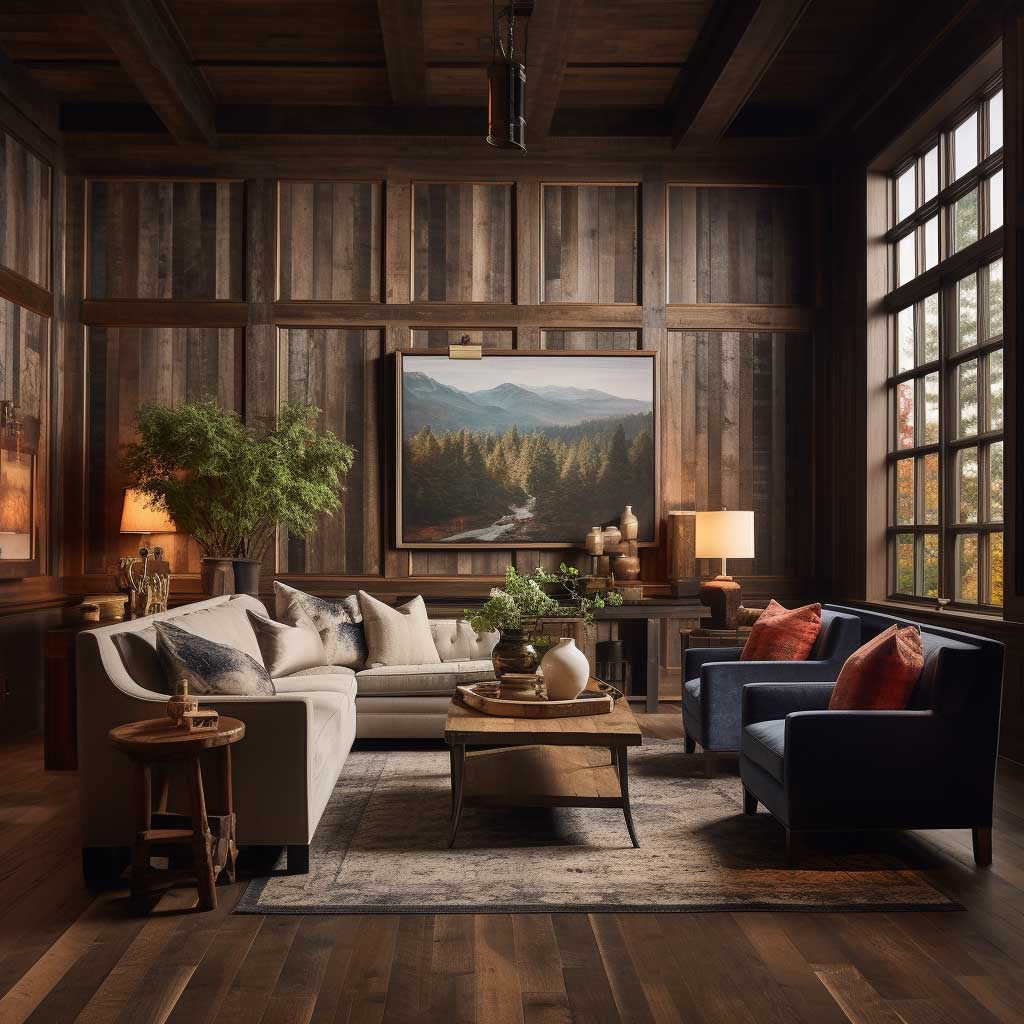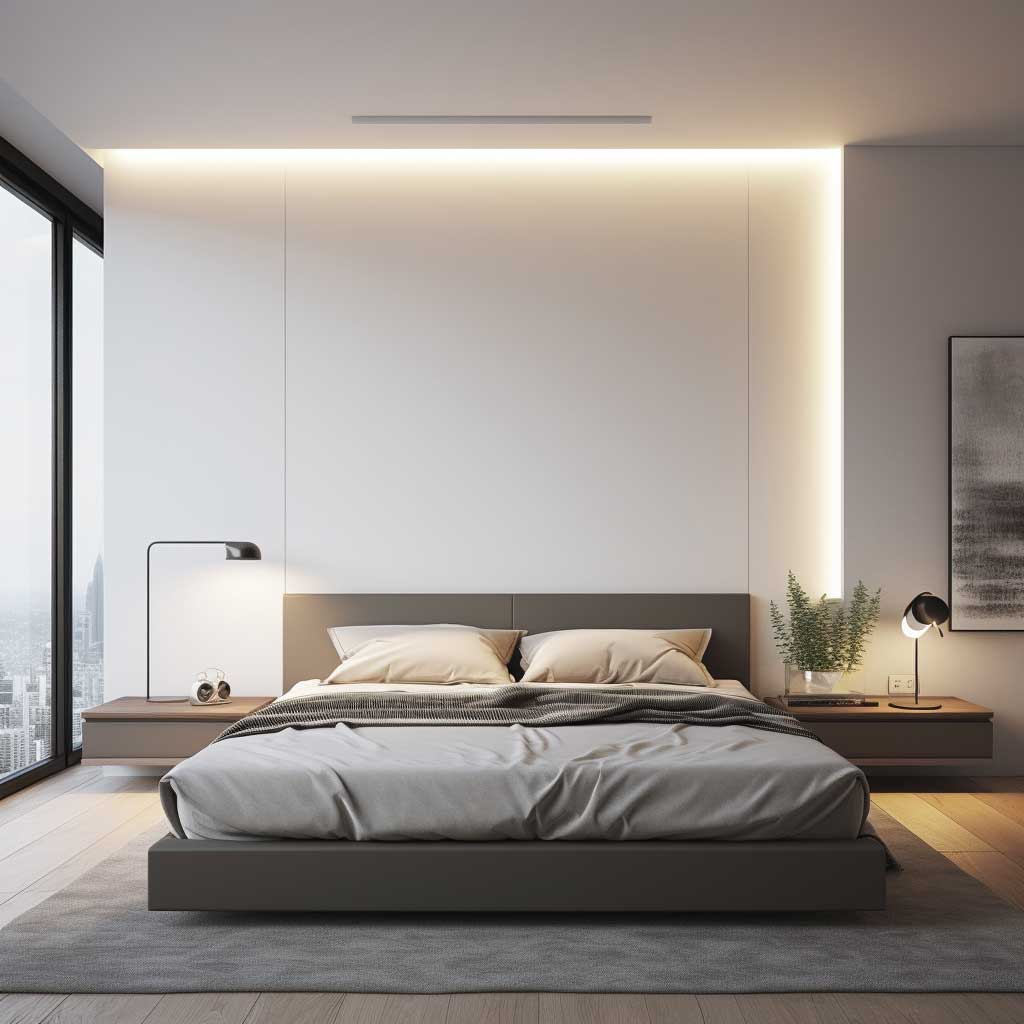Content
In the world of interior design, wall paneling offers a unique way to add depth, texture, and personality to a room. From rustic reclaimed wood to modern geometric patterns, interior wall paneling design can dramatically transform the ambiance of your living space. This guide highlights seven versatile interior wall paneling design ideas that cater to every style, adding an extraordinary touch to ordinary walls.
Modern Geometric Patterns Meet Classic Wall Paneling




For example, a traditional type of interior wood paneling that used to rise from floor to ceiling in order to cover a wall has now given way to new geometries. The wall itself serves as a frame within which the patterns and motifs seem always on the verge of breaking out from their bounding framework- classical paneling combined with latitudinal living. Classical wall paneling normally consists of vertical wood boards or squares and rectangles. It has been the mainstay of interior design for centuries, adding depth to walls and providing a touch of architectural interest. Share this classic elegance: be installed diagonally with a gap between the boards; turn it upside down. Take this traditional design element of wall paneling: when it is reinterpreted with modern geometric patterns and dynamics, a new face emerges. The rigid structure of the paneling is broken up by the flowing shapes and lines, giving it a wholly new style different from any seen before–something at once bold and contemporary in form. Finally, streamlined for correct shape. Suppose a room where the walls are adorned with paneling designed in a geometric pattern. The pattern could be as simple as a series of triangles or as complex as an intricate tessellation. But whatever its complexity, the impact is strong. Suddenly, what used to be a flat and uninteresting wall becomes a lively palette of shapes and lines that seem to dance in concert. It’s not just the visual impact either. Modern geometric patterns also contribute to a sense of movement and energy in a room. They stimulate the eye, drawing it along their lines, causing space itself to appear dynamic and alive. Then there is the fact that modern geometric patterns-plus-classic wall paneling combination itself can reflect the tastes and personalities of its occupants. It speaks a person who can enjoy classical elegance as well as modern comfort in design–a reflecting pool for contemporary aesthetics. In the timeline of interior design, styles and fashions come and go like passing clouds. But the urge for people who love beautiful space is tangibly strong: that of creating places which are visually stirring, emotionally laden ones to inhabit, quickens with every generation. When modern geometric patterns meet classical wall paneling, it speaks to the great power of design both inspire and transform.
Transforming Spaces with Rustic Wood Paneling




Rustic wood paneling is beautiful because it can fill a room with warmth and charm. As well as being timeless, it feels contemporary. This is how natural materials are used in interior design to produce its best results. This piece shows how to bring the magic of rustic wood paneling into different spaces, transforming the quality and feel of interior design and individual rooms. The texture, pattern, and hue of wood itself give people a sense of comfort. This makes wood an excellent material for enriching spaces. When it is used in the form of paneling on walls, however, wood adds further layers of interest and compares ordinary walls to distinctive design elements. Rustic wood paneling gives you a wide range of design options. Reclaimed wood with its worn textures and faded colors can add a feeling of history to any space. Dark wood paneling adds drama to a room, so it feels deep, sophisticated, and moody. Lighter-colored wood can lighten things up a bit, make a room feel spacious and bright. In modern interior design, rustic wood paneling can contrast effectively against sleek, contemporary items. A room with modern, clean-lined furniture setting off a background of roughhewn wood paneling, thrown together in these two arts-style clash of styles and textures will create a very visually compelling space indeed. But the significance of rustic wood paneling is not merely an additive to good taste. It’s a tool to create an atmosphere that touches people in a very direct physical way. The visual warmth of wood, the tactile delight to its textures, and even its faint lingering fragrance–all of these aspects conspire to create an atmosphere that feels cozy and intimate. The essence of good interior design lies in spaces that look well, feel good, and meet all needs. Rustic wood paneling, in terms of both aesthetics and sensory experience, represents just such a challenge. If you use it in your designs this can bring each space newly alive for its inhabitants in ways they have never felt before.
Crafting Elegance with Traditional Paneling Designs




In the field of interior design, there is an essence of beauty and grace that only tradition can bring. This is demonstrated to perfection by classical paneling designs, which have remained faithful in their proportions from time immemorial.
Classical paneling designs have reverberations with an era when craftsmanship was respected and detail paramount. They carry the sense of history and kinship to the past. When they are incorporated into contemporary interiors, however, they take on a new lease of life–becoming timeless reminders of grandeur in a modern setting.
A living room with traditional paneling designs would typically have walls of raised panels in an elegant but regular pattern, extending according to old-fashioned design principles.The paneling is painted in a subtle white shade which provides an appealing background, without being imposing upon the space.
In a contemporary context, traditional paneling designs can act as a foil to modern furnishings. The lines and forms of the paneling’s classical are in dialogue with modern furniture’s graceful shapes clean lines, so that it creates a balanced and both fresh yet classic aesthetic character all its own, at once timeless yet forward-looking.
This grace achieved with classical paneling designs is not just about wistful memories of the past. It also involves striking a balance between old and new, and between tradition and innovation. The important thing is to grasp the design principles that underlie classical paneling, and then to apply these in a fashion that feels appropriate for today’s surroundings also fits in.
The adaptability of classic paneling is a real plus. Everyone from a quaint cottage to an adeptly urban loft, and even rooms wider than the whole of some small countries can be imbued with traditional paneling. Paneling can enliven a space, clothed in charm and grace.
Yet is not only visual. Of course, classical paneling also adds a tactile quality one that is not insignificant at all. The smooth feel of a painted panel itself, the discreet depressions and ridges which went to shape it, and perhaps the occasional wood knot or grain-these three added qualities all have a tactile bearing on the interior depth and character.
When you build elegance with classical paneling designs, not only do you enhance what the space looks like; the experience of being in that spaces also improves. Elegance is not just for the eye to behold; it’s an experience in itself too. It’s a feast–not only for one’s visual pleasure but also for one that can be savored with all five senses.
Ultimately, interior design is about more than creating beautiful spaces. It’s also about creating spaces that resonate with the people around them. By adopting classical paneling designs, one can turn the interiors into something not only visually appealing but emotionally engaging as well spaces where people want to spend time, feel at ease and at home.






